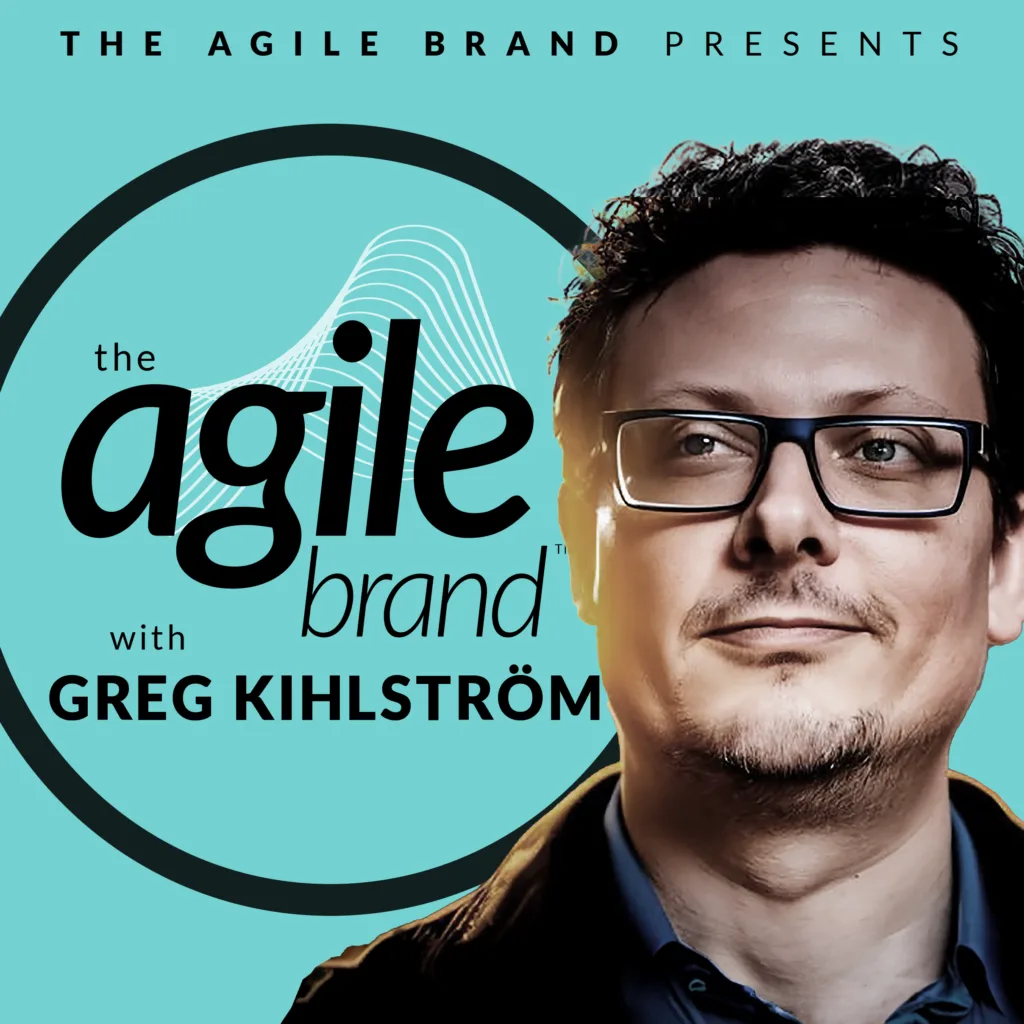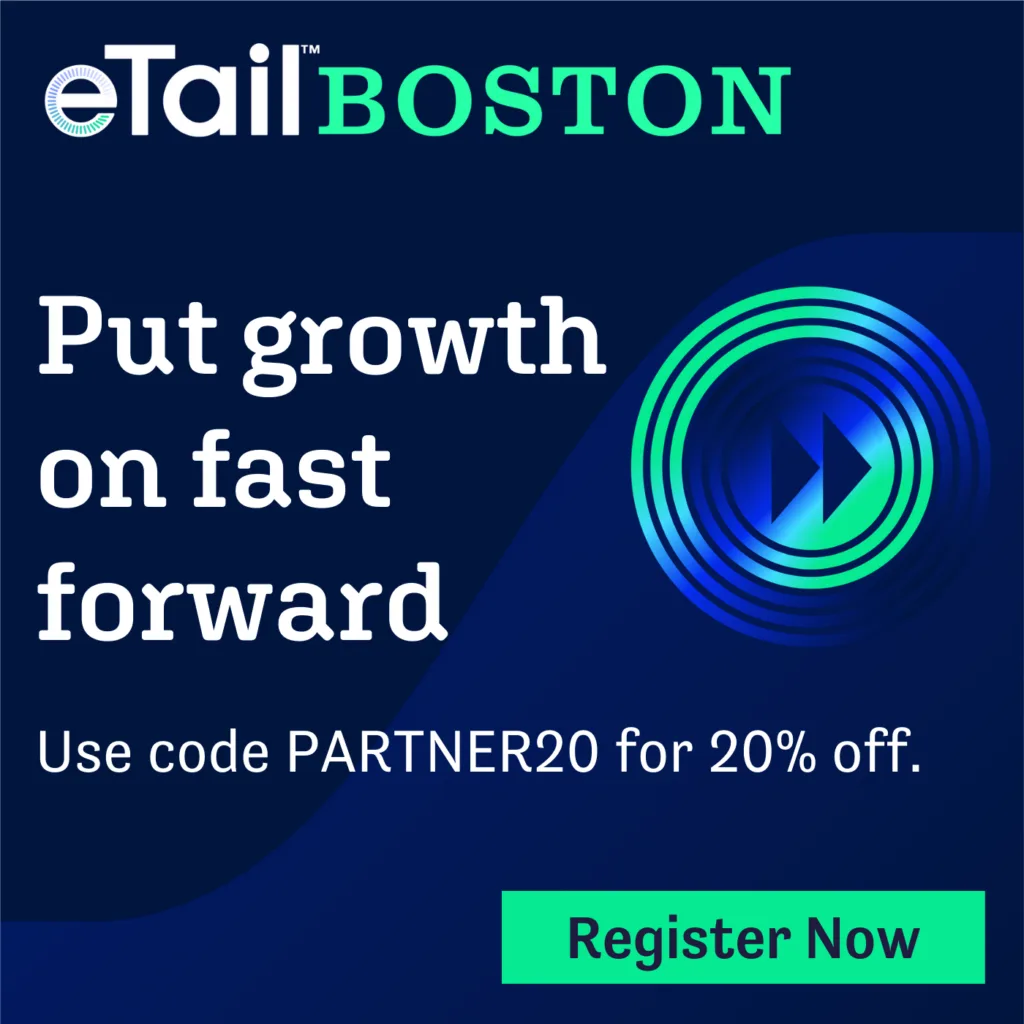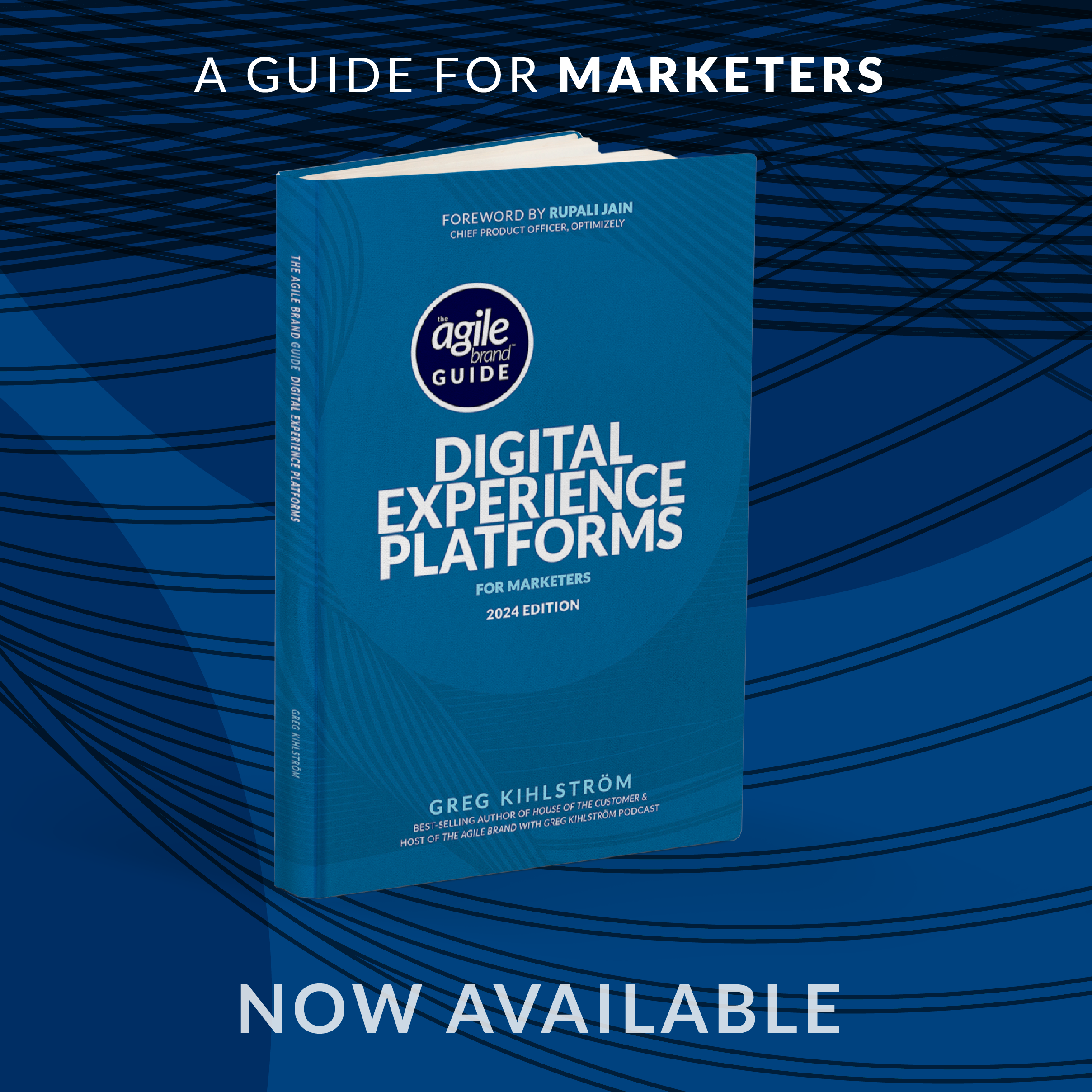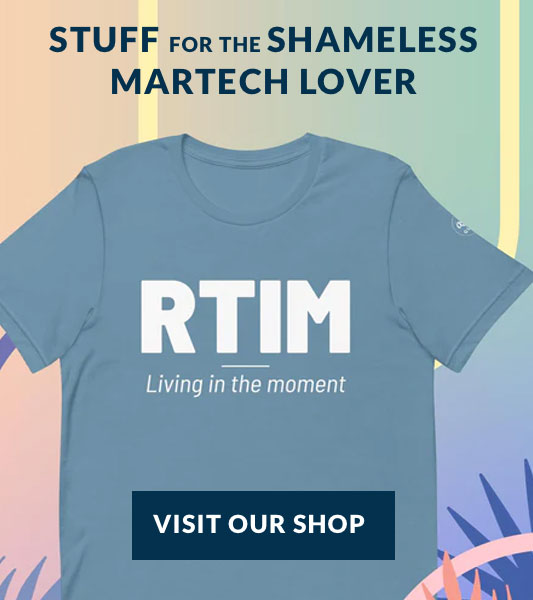We are here at PegaWorld iNspire at the MGM Grand in Las Vegas, Nevada we’ve been seeing some amazing things, including how AI can transform the enterprise, and have been hands-on at the Innovation Hub.
Today, we’re joined by Kerim Akgonul, Chief Product Officer at Pega, to discuss the transformative role of generative AI in business processes and the exciting developments around Pega GenAI Blueprint™.
About Kerim Akgonul
Kerim is responsible for delivering Pega’s full suite of products built on the Pega Infinity™ Platform. Kerim leads the company’s 1,000 plus team of engineers, product managers, designers, and architects, building best-in-class solutions across 1:1 customer engagement, customer service, and intelligent automation.
Kerim is focused on leveraging the latest technologies and development approaches such as low-code, AI, robotics, and cloud to support business users. He is an advocate for building software that makes the underlying technology transparent and serves the needs of the business. This focus on business impact has contributed significantly to the company being recognized as a leader in the major product and technology categories important to clients including low-code, customer relationship management (CRM), case management, intelligent automation, real-time analytics, and business process management (BPM).
Kerim began his career at Pega developing applications for customers in financial services and insurance, and he put his customer-centric perspective to work in establishing the company’s product management function. Early in the company’s history, Kerim recognized the power of connecting back-end operations to front-end, customer-facing applications. He continues to focus the product team on developing applications that allow business visionaries to innovate how their organizations interact with customers and help employees get work done more effectively.
Kerim holds a BS in Mathematics and Computer Science from Indiana University of Pennsylvania.
Resources
Pega website: https://www.pega.com
Listen to The Agile Brand without the ads. Learn more here: https://bit.ly/3ymf7hd
Headed to MAICON 24 – the premier marketing and AI conference? Use our discount code AGILE150 for $150 off your registration code. Register here: http://tinyurl.com/5jpwhycv
Don’t miss a thing: get the latest episodes, sign up for our newsletter and more: https://www.theagilebrand.show
Check out The Agile Brand Guide website with articles, insights, and Martechipedia, the wiki for marketing technology: https://www.agilebrandguide.com
The Agile Brand podcast is brought to you by TEKsystems. Learn more here: https://www.teksystems.com/versionnextnow
The Agile Brand is produced by Missing Link—a Latina-owned strategy-driven, creatively fueled production co-op. From ideation to creation, they craft human connections through intelligent, engaging and informative content. https://www.missinglink.company
Learn more about your ad choices. Visit megaphone.fm/adchoices
Transcript
Greg Kihlström:
We are here at PEGA World Inspire at the MGM Grand in Las Vegas, and we’ve been seeing and hearing some amazing things, including how AI in its many forms can transform the enterprise. And I got the opportunity to be hands-on with some of the features of PEGA’s platform, which we’ll talk about in a little bit as well. Today we’re joined by Kerim Akgonul, Chief Product Officer at Pega to discuss the transformative role of generative AI in business processes and the exciting developments related to this around Pega Gen AI Blueprint. Karim, welcome to the show. First, why don’t you give a little background on yourself and your role at Pega?
Kerim Akgonul: Absolutely. So I’m currently the Chief Product Officer and I’ve been working with Pega for a little over 32 years now. Just a little bit? Just a little bit, yeah. And I just essentially started as a junior engineer. I basically wrote code for the first 15, 16 years of it on a variety of the generations of our platforms, building out the products, ultimately moved over to product management, and then moved over to the curveball.
Greg Kihlström: Great, great. Wow, so you’ve seen a lot of evolution here, so that’s great.
Kerim Akgonul: Lots of evolution and lots of levolution as well.
Greg Kihlström: Yeah, yeah. So, one of the exciting announcements, there’s been a few, but one of the exciting announcements here has been something called PEGA Gen AI Blueprint. So, first for those that haven’t been able to check it out and stuff, could you give a little background on, you know, what is it, how does it work?
Kerim Akgonul: Absolutely. So we built this new offering called GenAI Blueprint to really help multiple different roles of individuals that participate in the world of digital transformation and development of enterprise applications. So one of the problems that we’re seeing across a lot of the large enterprises is that they have a very large set of old dated applications that they need to transform over to a modern cloud native solutions. Well, we want them to move to, we want Pega to be that cloud-native modern solution that they choose as they basically transform. And it is doing this transformation, digital transformation, is usually a heavy lift for the organizations. It’s a lot of work, and there’s lots of different problems associated with it. And it’s time-consuming. It can be expensive. So what we want to do is we want to basically use Pega’s 40 years of experience in building enterprise applications for large sophisticated use cases and merge that with the amazing transformative nature of generative AI and bring them together and apply it directly to this digital transformation use case. And essentially what Blueprint does is it It allows somebody either from the business side or from the technical side to capture their vision, their dream of a new modern application in a extremely simple tool and be able to represent their vision in a visual way, in a graphical way, in a structural way to share with others in their environment. so that they can actually get to a common vision quickly. And it does it very, very fast. It does it very quickly. One of the coolest parts of it is essentially some of the really coolest things that I think we enjoy from Gen AI. For example, if you go to our chat GPT right now, and if you ask it to write you a poem, they’ll write a poem. If you ask it to write a poem about going to a conference in Las Vegas, it will write you a poem about going to a conference in Las Vegas. Or if you ask it to create an image of two puppies skiing, it will do that. What Blueprint does is it basically allows you to prompt, build me the design of an enterprise application that’s going to handle any use case, right? Whether it’s basically loan processing, claim handling, onboarding a new client, whatever the use case is. So just like those other use cases, writing poems and visions, you get to say, create me a business application. And boom, it does that. And That is extremely exciting. That is really provides a rapid way to basically give you something that is pretty much right. Yeah. And then allows you to fine tune it and customize it and put in special definitions to make it yours. without requiring an environment for the software, without buying any software license, without having any development skills, without having any certifications in any Pega technology, without basically any barriers on the road. Just type it up and boom, it gives it to you.
Greg Kihlström: Yeah, I mean, I think that’s, that is exciting because, you know, a lot of what we hear is exactly what you’re saying about generative AI, you know, like write me a poem or create, even, even in slightly more sophisticated contexts, it’s still a lot of focus being put on the creative, you know, the creative things. This is, in my opinion, exciting because it, one of the big challenges is process change, right? I mean, when we’re talking about transformation, big transformation, whether it happens incrementally or not, The challenge is how do we get it, how do we think it all through, how do we prototype it essentially and actually don’t miss anything, right? And so that’s, it’s an interesting application of Gen AI. Could you maybe walk us through, you used an example on stage the other day, but maybe just walk us through briefly an example of what that might look like.
Kerim Akgonul: For an example of an application. So we’re basically heavily on the banking and the financial sector. Some of the use cases that are very, very, very important to the banking is around onboarding new clients. And there’s a tremendous amount of process that’s involved. And there’s a tremendous amount of compliance requirements and security requirements that are involved in doing that. And it definitely requires people who have in-depth understanding of different aspects of the business. So we’re seeing a lot of the organizations within the financial industry sort of gravitate towards that use case as they apply it to Blueprint because it basically allows them to sort of visualize what they’re thinking as to how they’re going to implement it and handle the use cases. It allows multiple people to collaborate on it so they can look for gaps. It allows them to communicate to, if it’s done on the business side, let’s say to the other stakeholders onto this definition.
Greg Kihlström: Yeah, and that collaborative aspect I think is really key as well. I mean, again, I did the demo and I got to see, okay, this is what internal employees would see, this is what the end customer even see. You cannot do it all in one interface.
Kerim Akgonul: And this basically really addresses a ginormous problem in building enterprise applications, which is business essentially either goes into a room with IT, and sort of articulates how an application should work and what functionalities and processes that it should encompass. Sometimes they write documents, sometimes they do sticky notes on the wall, sometimes they whiteboard it, they take pictures, they use a bunch of different tools, et cetera. And then they hand it over to IT. Usually what happens is the person who takes it gives it to somebody else. And that person usually gives it to somebody else, right? So you already have a couple of humans that is basically disconnected from the original discussion. And then the technical staff goes off and builds something that they believe is aligned to what they heard.
Greg Kihlström: I think I was part of that project. I think I was part of that project.
Kerim Akgonul: Ultimately ends up not being exactly what the business envisioned in their dreams for the solution. And now you have a solution where you spent all this money You spend all this time and you have something that is not what you asked for. Now, how long is it gonna take to change it? Are you gonna compromise on your vision? And who’s gonna pay for it? And it’s an immediately contentious situation. What blueprints generates at the end, and this is why it makes sense for Pega systems to do this, right? What blueprints gets generated at the end? And if you and I take a look at it and say, yep, this is what we’re gonna build. you basically get to click two buttons and actually establishes the foundation, a solid foundation of that vision in a Pega environment, a cloud native embedded AI, modern architecture environment, to every letter exactly what was captured in that vision, 100% every single time. And all of a sudden, you have exactly what you asked for. You’re going to still iterate over it. You’re still going to basically do the connection pieces, but you have an extremely solid 100% aligned foundation to basically achieve an outcome that basically is what you set out to do.
Greg Kihlström: Yeah. And so, you know, I can think of a few things maybe, but what does that collaboration allow those teams to then do? You know, so they’re not spending so much time hoping that something gets translated from one team. Again, I’ve been down that road before. What do they get to do? What are they freed up to do, I guess?
Kerim Akgonul: Well, one of the things is basically they get to see the results of their vision in a timeframe that’s measured in hours rather than months. So that’s one, which is hugely, because also the thinking is fresh, right? If you come and show me something that I told you about three months ago, I’m not in that mindset anymore, right? I moved on, so the thinking is fresh. Secondly, the business that’s basically requesting the development of this vision gets to actually hit the run button. and get to experience it, get to actually start running it. Even before all the pieces are connected to all the, like there’s lots of integration and security definition, there’s still development work to do, but you get to experience it. basically in an extremely timely manner, and you can provide feedback in the context of what is done, rather than without an understanding of what’s being built. And we think that changes the dynamic of how people work with each other, rather than basically throwing asks, you know, over the wall from one department to the other, they get to say, can we change that right here, and becomes a contextual request.
Greg Kihlström: Yeah, yeah. And so it seems like it’s been pretty popular so far. I think about over 30,000 blueprints have been run since launch.
Kerim Akgonul: So I checked this morning, it was 35,000. Oh, wow. Okay. It’s moving. This is by far the fastest adoption of any capability that we’ve put out there. And I think we’re about 500 organizations that have basically started. And I’ll say playing with it, leveraging it, looking at it, evaluating it.
Greg Kihlström: So another big part of change and transformation is, you know, someone has a job, they’ve been doing something for years, and now all of a sudden they need to be re-skilled, up-skilled, their job might change. And so, you know, another thing announced here at PegaWorld is something called Socrates. And, you know, I thought that was another interesting approach to using Gen AI and stuff like that. Can you talk a little bit about what that is?
Kerim Akgonul: Absolutely. I think we all know We all knew this all along, but I think the latest, you know, this last 18 months has made it very obvious that regardless of how old we are, and regardless of how long we’ve been basically in the professional field, we need to keep learning. And we need to be able to, you know, to adapt to change. And we need to basically accept the fact that, you know, our existing skill set is valuable, but there’s also net new things to learn. which has never been more true than perhaps at this point in the human history. And we are innovating from Pegasystems perspective. We’re innovating at a speed that, like I said, I’ve been here for 32 years, and the speed at which we’re innovating has never been matched before. And with that comes some challenges, which is our partners who are implementing our solutions that our clients who are basically using these solutions will need to be able to keep up with the changes of the innovation. And the traditional model of having courses and lessons and quizzes and tests where there’s a tremendous amount of repeat material between one version of the other is no longer working. Because imagine if basically, let’s say I have version three of my application, if I have a training course with, let’s say, 100 modules. And if you’re brand new to Pega, you take that course, you basically go through 100 modules, great, you know it. Now, I’m gonna have my version four, and version four basically is gonna have everything that I had in version three, and then it’s gonna have some of that new Delta stuff, right? Well, if you’ve been sort of working with version three and version four, you know some of it, you don’t know some of it, some of it is new, but some of the stuff that was in version three, you actually didn’t use, so you don’t know as well as, so your experience with the technology whether it’s Pega or whether it’s your iPhone or whether it’s your laptop, your experience with technology and your skill set is unique to you. So if I create basically another course with 110 modules, you’re gonna say, well, I know 70 of these things very well, so I don’t wanna go through it again, right? I know 30 of them somewhat, and I know 10 of them not at all. And it’s really difficult to basically personalize an entire curriculum to every single human being because the person doesn’t even know what they know and they don’t know. So the Socrates is all around being able to essentially having a personal tutor that can continuously gauge what you do know and what you don’t know and curating a training that is specific to the individual that’s on the other side of the keyboard. Essentially asking questions, do you understand this? Explain to me how well you know this, or explain to me what you see from here, or explain to me what this will look like. And every answer allows us to… regage the level of understanding a person has in this section, in this bit. And if you’re an expert in UI design, we’re going to skip through that within basically a couple of seconds. If you understand basically data modeling to a certain degree, I’m going to tell you what’s new, but we’re going to get through it quickly. If you don’t know this net new capabilities in the product, we’re going to dig deep in there, and we’re going to test you, and we’re going to keep going until you get it. And it makes that possible, and it makes that possible in an extremely cost effective way.
Greg Kihlström: Yeah, yeah. And I mean, again, I see this as a really powerful part of the change management part. Again, the technology’s got to be there and the data’s got to be there, but you still need the people, you know, no matter what role AI plays and how prevalent it is, you need the people to not only Know what they’re doing, but be kind of motivated not kind of but be humans for at least another 10 years, right? Right? Yeah But uh, but yeah, so I mean I see this as kind of you know You you’ve got blueprint that is helping to prototype and collaborate through that process You’ve got obviously everything else kind of being built in the middle and then you’ve got this this learning mechanism that kind of brings everybody up to speed. Where do you see a tool like GenAI Blueprint going next, you know, based, you know, building on what you’ve currently done?
Kerim Akgonul: So one of the, one of the decisions that we made at the end of, I guess, 22, at the beginning of 23 year, year like 2022, beginning of 2023, was to make the Gen AI connectivity, a core part of our architecture, so that we can basically remove barriers for use cases to experiment with Gen AI. So that anybody using our platform, from my engineers across to all our customers and partners, that when you basically get an opportunity, an idea, a vision to basically enhance an experience with Gen AI, that you actually had the button right in place that you can just hook into it and be able to get the connectivity, get the processing, knowing that you have a reliable, secure service in place. And that opened the essential, once we had that in place and we released that mid last year, that opened the floodgates for new ideas and new ways of building applications, testing applications, designing solutions, designing things like blueprints and Socratic learning. I personally believe that we are in the very, very beginning of this journey. I think the Gen AI is Especially things like opening up these large language models is the same as Netscape bringing internet access to every household and every human being, right? Internet existed years before Netscape came in the market, but it was very academic and military. Once Netscape brought internet to every single person’s screens, then the creativity just basically took off. And I believe we’re only at that stage with Gen AI. And I wanted to basically make sure that our product had this natively built into it so there were no barriers to the creativity and the innovation that’s available to customers, partners, engineers. And I just basically am certain that we don’t know what’s coming. Yeah, that’s true.
Greg Kihlström: That’s true. That and change is the constant, right? You know, someone made a comment in one of the sessions the other day that I’ve been to a million conferences this year and I talk with a lot of platform companies on the show and there’s been a lot of kind of tack-ons of Gen AI and things like that. To me, It feels, this feels like less of a, you know, something kind of thrown on.
Kerim Akgonul: I have zero interest in tech-ons. Yeah. I have zero interest in extreme code generation with Gen-AI. Yeah. I think those are bad, bad ideas. Yeah. I’m fully interested in just having it be a core, native, fully understood solution at the center of an architecture. And all architectures have these central components all the time like every architecture for example as a central components That lets you integrate with a database for example, and you can just build a thousand ten thousand million use cases that can rely on that I believe the same thing around being able to connect to a Gen AI prompt response service. And that just opens up creativity and innovation.
Greg Kihlström: That’s great. Well, yeah, I’m looking forward to next year. And let’s announce real quick before we wrap up here, what’s been a highlight for you from this year’s conference?
Kerim Akgonul: So one of the things that we did during this conference is we built these kiosks. These are like airport check-in kiosks, like kiosks throughout our conference. with because JNI now has a fully touch screen interface for people just to come and touch it and use it themselves because the beauty of it is that you’re not required to have a system or license or training or anything to really get the value. And so many customers that I met with today, I keep asking them, like, did you go touch it? They’re like, we’ve been in line. And there’s been like so much engagement. Some of them couldn’t get through it. And it’s just been nonstop people getting in and embracing it. And for people who build software, really the only thing that matters is customers adopting it, right? So there’s nothing that is as satisfying as seeing someone press a button that you designed and you put it on there, or basically using a feature that the software company built. That’s what we sort of live for. So seeing, basically, rapid adoption is fabulous. It’s a major, major excitement for my whole team. I mean, they’re so tired, but they’re all in the Cloud 9, so it’s been great.












